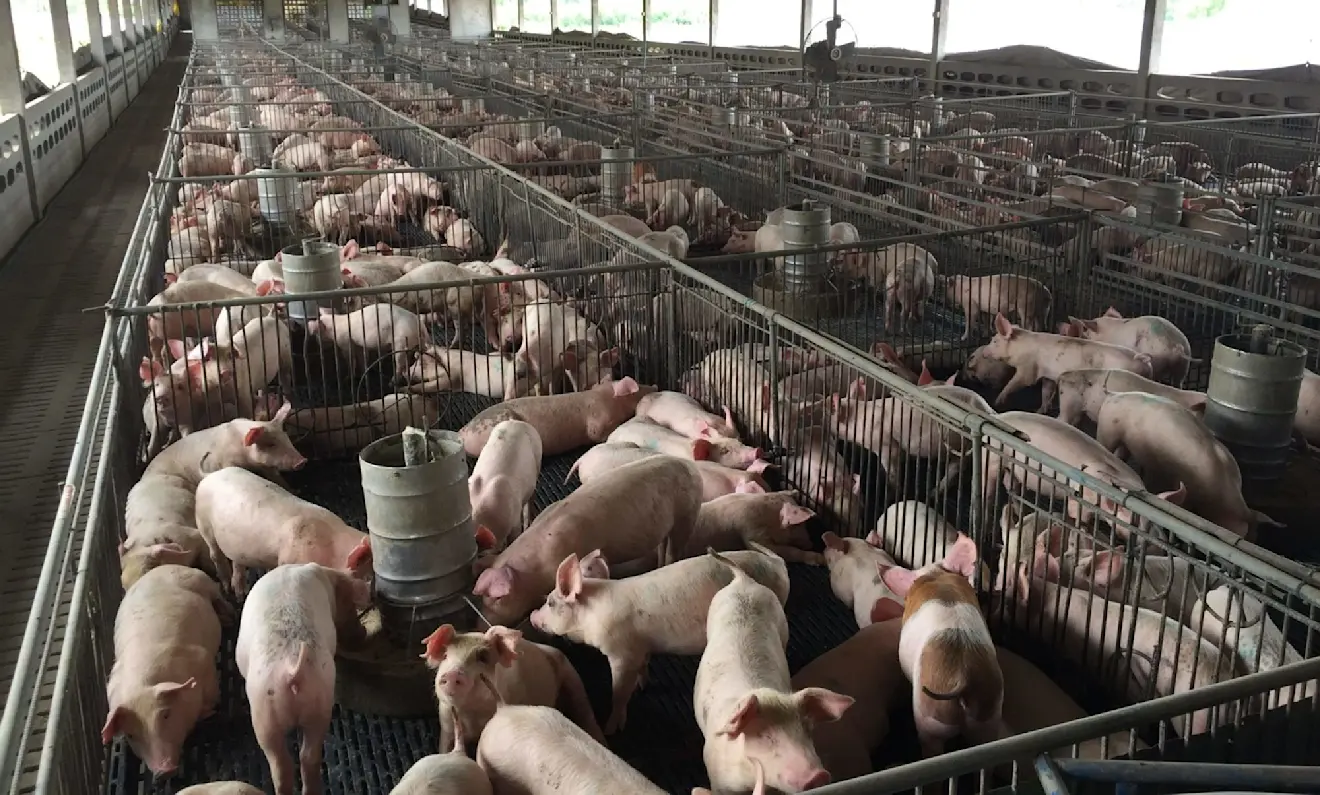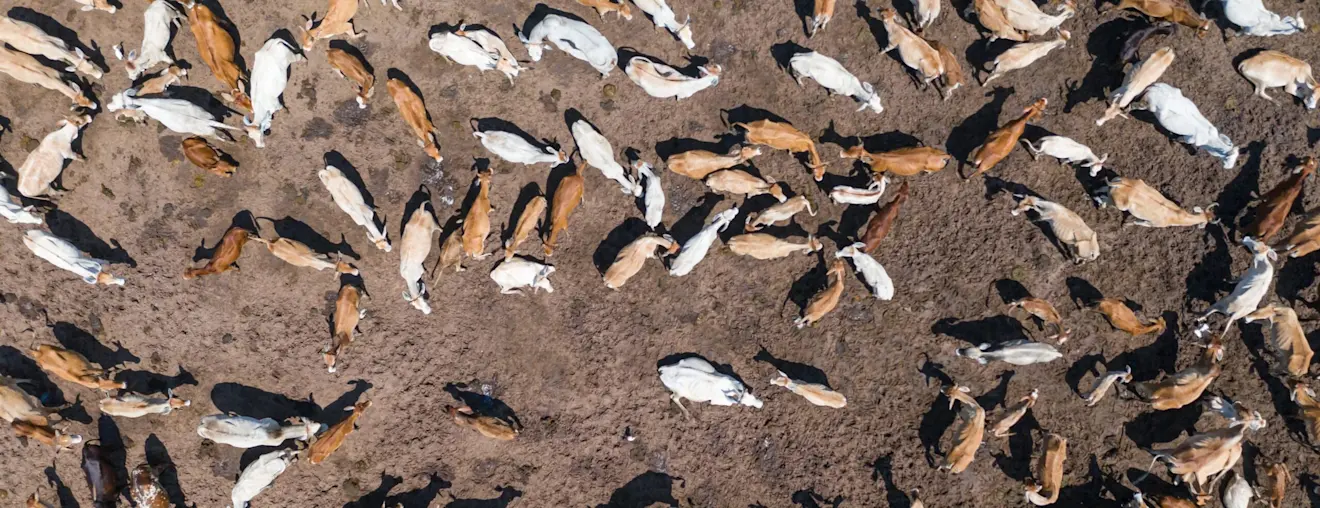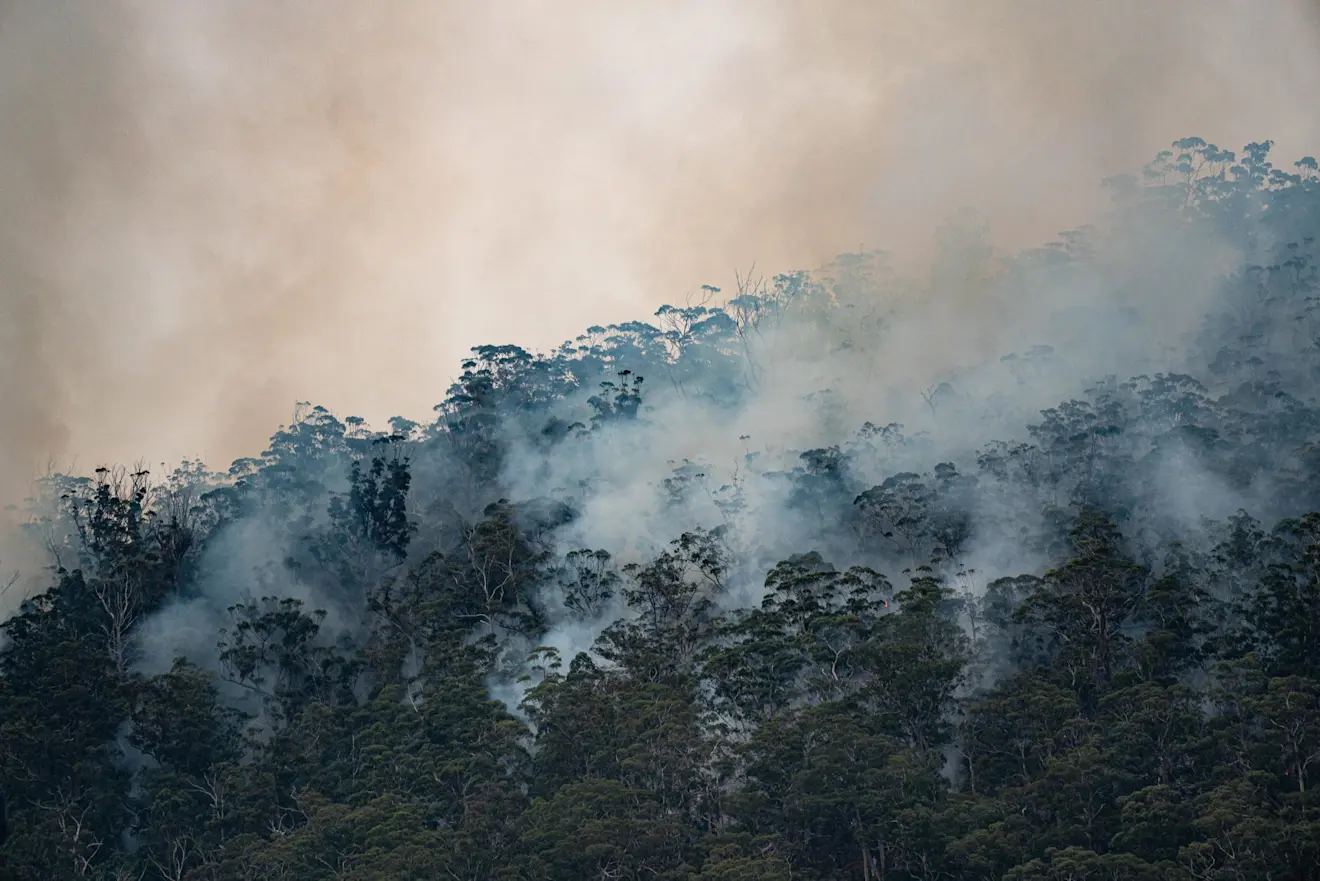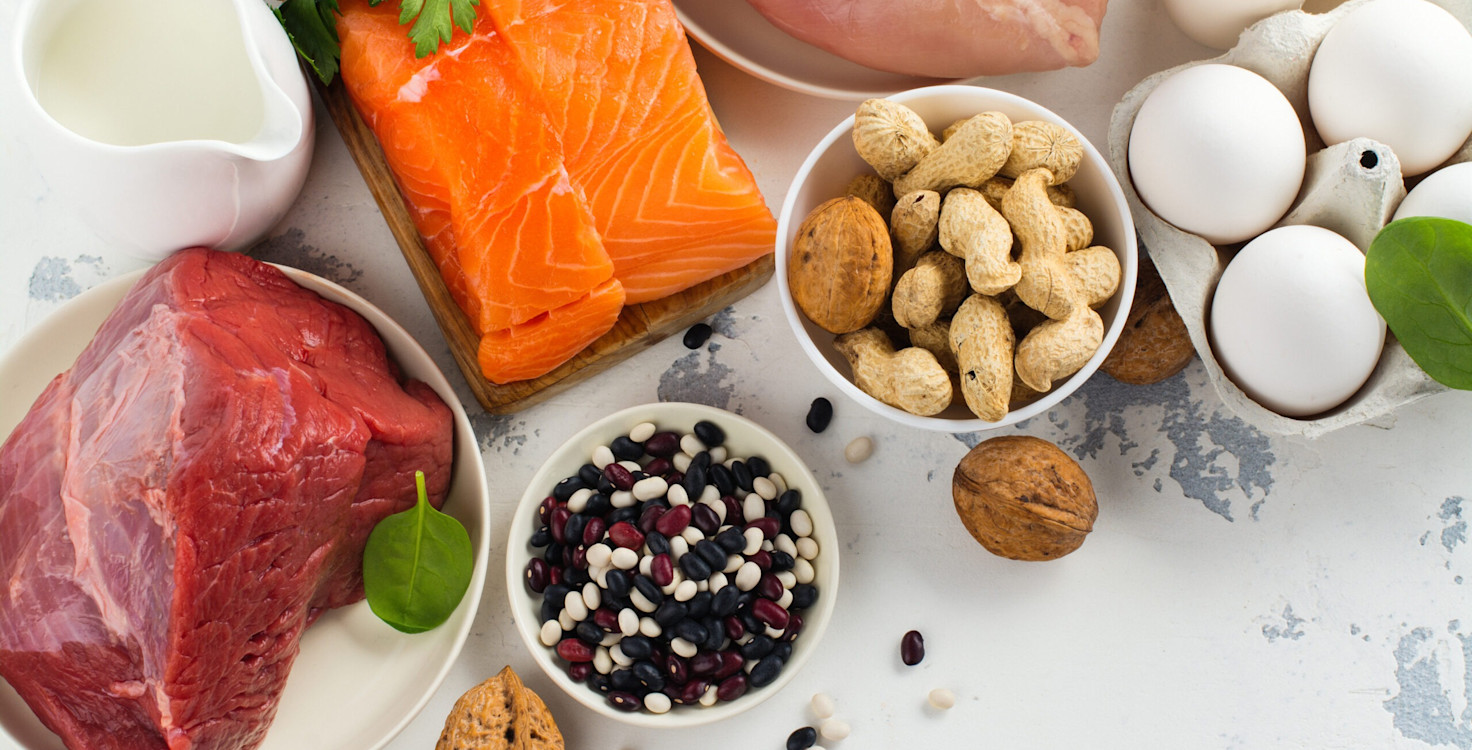FAIRR’s top news picks
English Farm Pollution Rises as Rules Remain Largely Unenforced
The Guardian | 21 April 2022

The latest Water pollution from agriculture hits record levels in the UK. Pollutants? Animal waste and fertiliser runoff. The Environment Agency is criticised for the absence of a credible threat of enforcement of the law. Globally, 70 billion farmed animals produce manure equivalent to the waste produced by twice the entire global human population. Despite this, companies tend to underreport manure management and pollution risks. Only three of the 50 meat and dairy companies in the Coller FAIRR Protein Producer Index 2021/22 have nutrient management plans in place for their own operations.
Meatpacker JBS Comes Under Fire Over 50% Emissions Rise
Financial Times | 21 April 2022

Carbon emissions of JBS, the world’s largest meatpacking company, soared more than 50% in the past five years, according to a new study. Now, they are larger than all of Italy combined. The findings heavily contradict the company’s pledge to reduce emissions to net zero by 2040. The number of animals in JBS’s supply chain in the past five years has increased substantially: the company annually processes 26.8mn cattle, 46.7mn pigs and 4.9bn chickens. The enormous increase in emissions is therefore not surprising.
Massive Greenhouse Gas Pollution Missing from Canada’s Reporting

Washington Post | 20 April 2022
The Elephant Hill fire raged in Canada for three months emitting an estimated 38 million tons of greenhouse gases. But are these emissions accounted for by the nation? Some countries, including Canada, believe that “natural disturbances” are beyond human control and accounting for them would be unfair. It then becomes a political question: who do we hold accountable for the massive greenhouse gas pollution? Since 2002, “natural disturbances” in Canada’s forests have caused them to release more carbon than they absorbed. And the trend is expected to continue.
Graphic of the Week
Canada separately reports emissions that include wildfires and other natural disturbances that are not captured in the U.N.’s official topline total. Comparing the two figures reveals how much higher emissions would be for some years if these fires were included.

Source: Washington Post
More Food for Thought
Biden Issues Earth Day Order to Safeguard Old-Growth Forests | Anna Phillips | Washington Post
Dry Weather Forecast Calls For Higher Food Prices—And Billions In Farm Losses | Chloe Sorvino | Forbes
FAIRR’s Protein Pulse is a weekly collection of news articles related to the food sector that may be of interest to our members. FAIRR does not necessarily endorse the views of these news articles and assumes no responsibility for any errors or inaccuracies found in third-party content.
